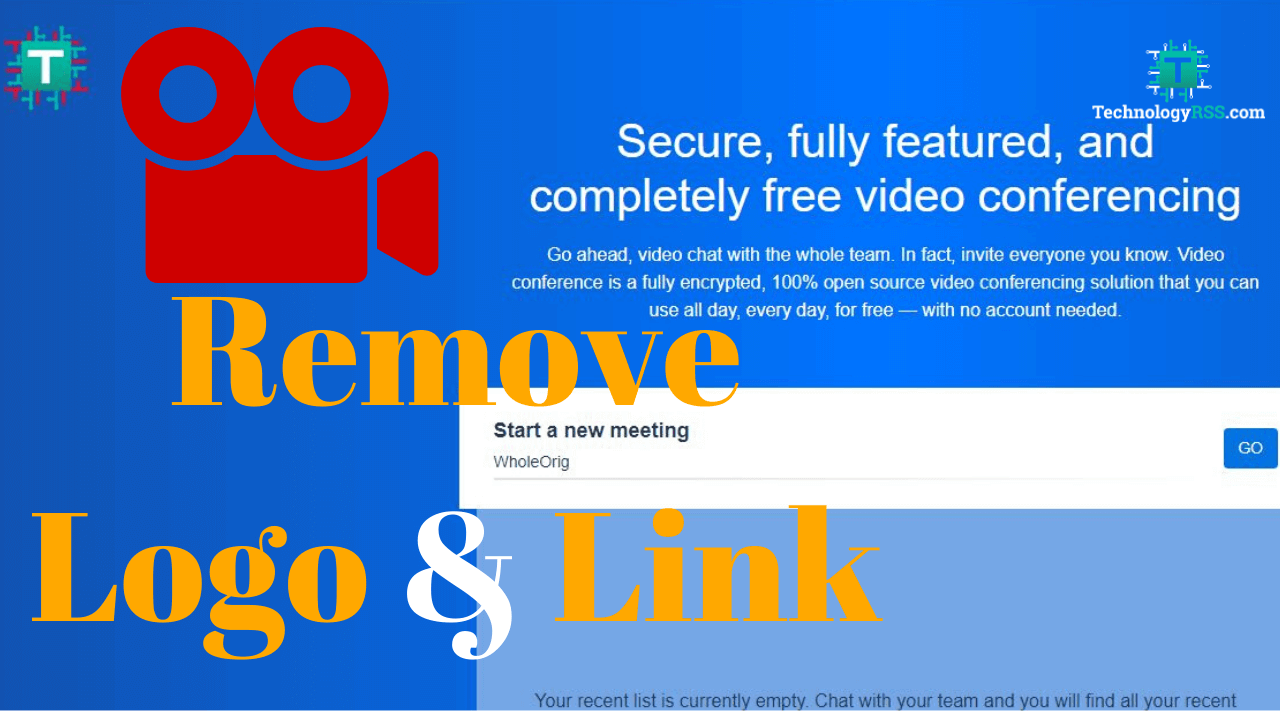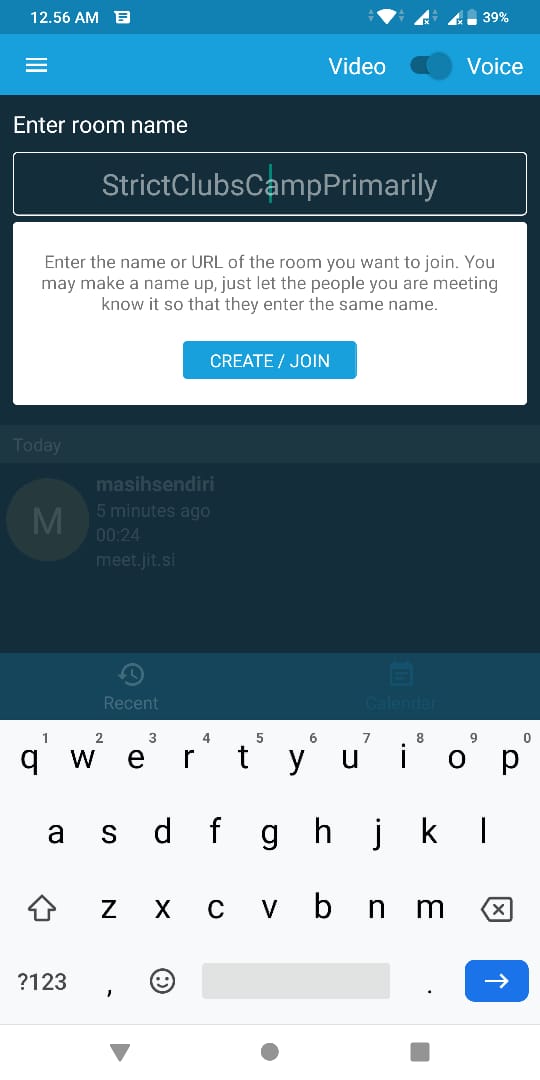

These are the mandatory parts of an operational Jitsi deployment, and I will only be using them for this guide. Jitsi/jvb:latest: The Jitsi Videobridge is responsible for relaying the incoming video channels to all the participants. This is another mandatory component of Jitsi. Jitsi/jicofo:latest: The focus component of the XMPP server, responsible for managing video sessions between the participants and the videobridge, in other words, this is what manages the conferences. This can be considered the heart of Jitsi. Jitsi/prosody:latest: This is the XMPP server, this is what's responsible for the audio/video calls or the text chats. Jitsi/web:latest: The web UI of Jitsi Meet, which you see on your browser, is inside this image. If you don't care for this, obviously skip to the deployment section of this article. 2970 IN A īefore moving forward I believe it's helpful to know what these components are, and why they're important, along with which ones you're going to be using for this deployment. You should see something like the following ❯ dig openexperiment.in +nocmd +nocomments You can also use the dig command to check the DNS records. openexperiment.in ping statistics -ġ packets transmitted, 1 received, 0% packet loss, time 0ms ^C64 bytes from : icmp_seq=1 ttl=55 time=36.6 ms PING openexperiment.in () 56(84) bytes of data. Ping the domain until you see your server's IP address like this - ❯ ping openexperiment.in -4 You can check that using the ping command. You may have to wait some time for the DNS changes to take effect. I blurred the actual IP addresses (I am very secretive. See the screenshot below if you are still confused. You can add a specific subdomain or like me, add a wildcard entry (if you are hosting it on the main domain). After that's done, you'll also need to add a CNAME record.

Once you have a domain and deployed a server (not with Jitsi, just the server), gather the server's IP addresses (IPv4 & IPv6 both), and add A and AAAA records for each respectively. Make sure you change all instances of the domain from the examples to your domain. For this tutorial, I'm going to use a domain openexperiment.in which I've had lying around for quite a while. You need to make sure the DNS records are in place as well. If Jitsi is the only application that's going to run on the server, you don't need the reverse proxy. Optionally, our reverse proxy setup: If you want to put it behind a reverse proxy so that you can deploy several web services on the same server.


 0 kommentar(er)
0 kommentar(er)
